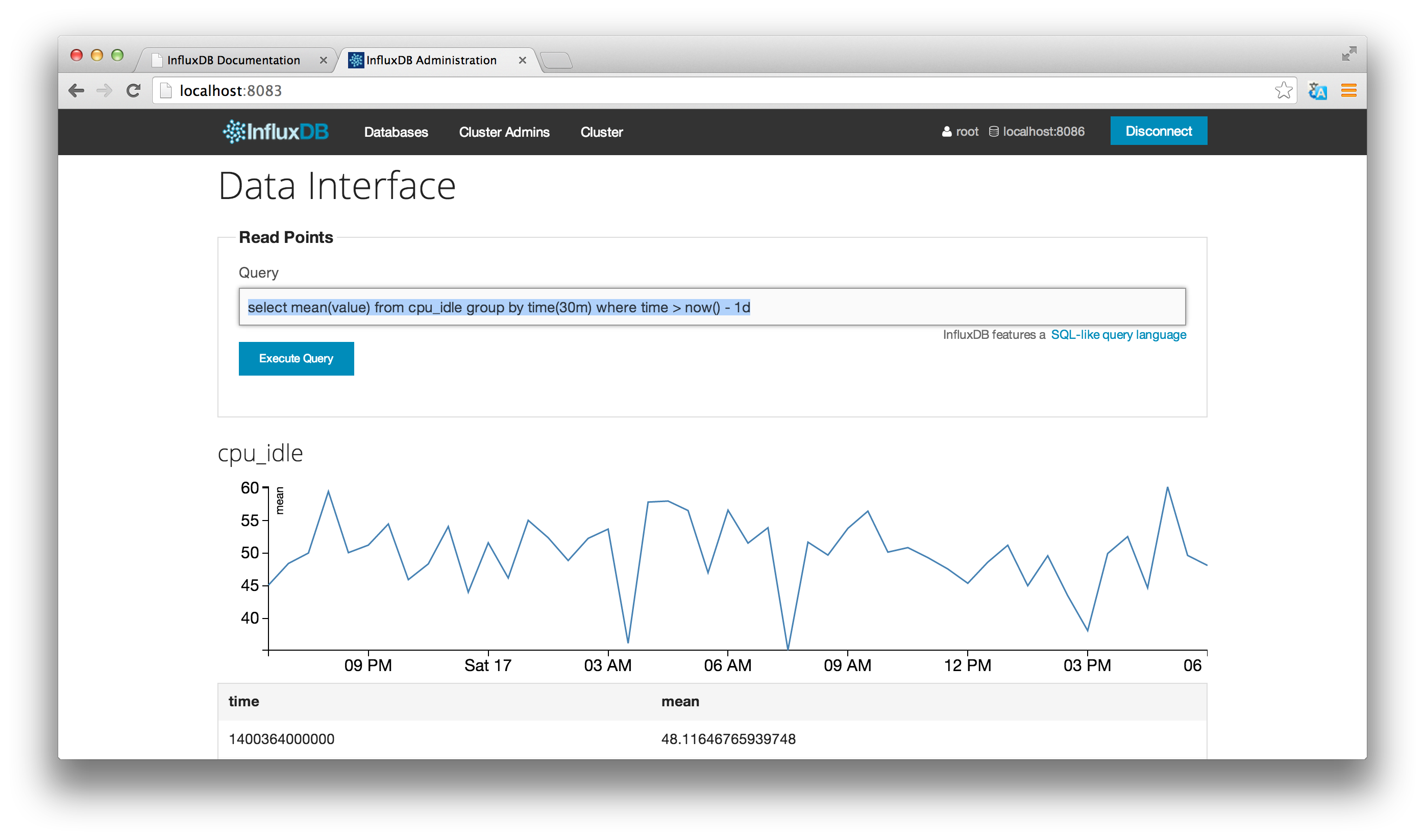

To increase or decrease the timeout, you will need to change the value of the timeoutInMiliseconds variable. jQuery isn't actually required for any of this - if you aren't using jQuery just call setupTimers()Ĭollectively, everything should look this if you aren’t going to make many structural changes to the code: Idle.js is a super light-weight jQuery plugin that tracks how long users interact with a web page and execute callback functions after a given idle timeout. The real magic that makes this whole thing actually work is that we need to add some event listeners that will fire off the resetTimer() function and start the clock all over again.ĭocument.addEventListener("mousemove", resetTimer, false) ĭocument.addEventListener("mousedown", resetTimer, false) ĭocument.addEventListener("keypress", resetTimer, false) ĭocument.addEventListener("touchmove", resetTimer, false) Resetting the timer is going to be really easy, because we can simply use window.clearTimeout to get rid of the original timer and then we can just start the timer again by calling our original startTimer function. A small idle tracking library that tracks user interactions on the webpage and.
#Javascript idle timer code#
Right now, this code isn’t very useful because we don’t actually start the timer and we aren’t clear the timer when the user has done something at all. Javascript library to track browser inactivity callback when the user is idle. In a lot of cases it would probably execute JavaScript that signs out the user or stop polling a server for data. The way we are going to detect the inactivity is pretty straightforward. This call back can be debounced or throttled to preserve performance. Activity Detection Callback when your user performs the specified events. Timers are offloaded to a WebWorker to avoid background throttling.

This component will take two callback functions onIdle and onActive which will be called based on the current state. Idle Detection Callbacks for when your user goes idle and becomes active again after being idle. let objdate new Date() let miliseconds objdate. You can maintain a localStorage, sessionStorage or any global variable to keep track of the idle time. does whatever you need it to actually do - probably signs them out or stops polling the server for infoīasically, every 60 seconds this would call the function doInactive which would do whatever it is you need. Detecting idle state in Javascript (React) We will create a React component which will help us to detect the idle state. Set a timer whenever a user logs in, clicks something or moves mouse. TimeoutId = tTimeout(doInactive, timeoutInMiliseconds) tTimeout returns an Id that can be used to start and stop a timer Implementing the function to start the timer should look something like this At the start of the page load, we start the timer and whenever the user has done anything we can restart the timer. The easiest way to implement this sort of thing is to use a timer that starts whenever the user hasn’t done anything with the app.
In JavaScript, different events are fired when the user moves the mouse, scrolls the mouse, or uses the keyboard. You will be auto logged out in seconds.For example, when a user is no longer active it can make a lot of sense to automatically log the user out or remind them that they’re about to be logged out.

Zero the idle timer on mouse movement.In a lot of web applications, it can be really useful to detect whether the user is still active or not. Var idleInterval = setInterval(timerIncrement, 60000) // 1 minute GitHub - TheSamclem/Javascript-TImer: Just Working on this during an idle time. Increment the idle time counter every minute. This is achieved by two functions, setTimeout () and setInterval () which delay the execution of a function until a certain period of time. Here is a simple script using jQuery that handles mousemove and keypress events. jQuery Timer is a very useful feature provided by jQuery to add some extra effects to the animations you create to make your web pages more interactive and attractive.


 0 kommentar(er)
0 kommentar(er)
